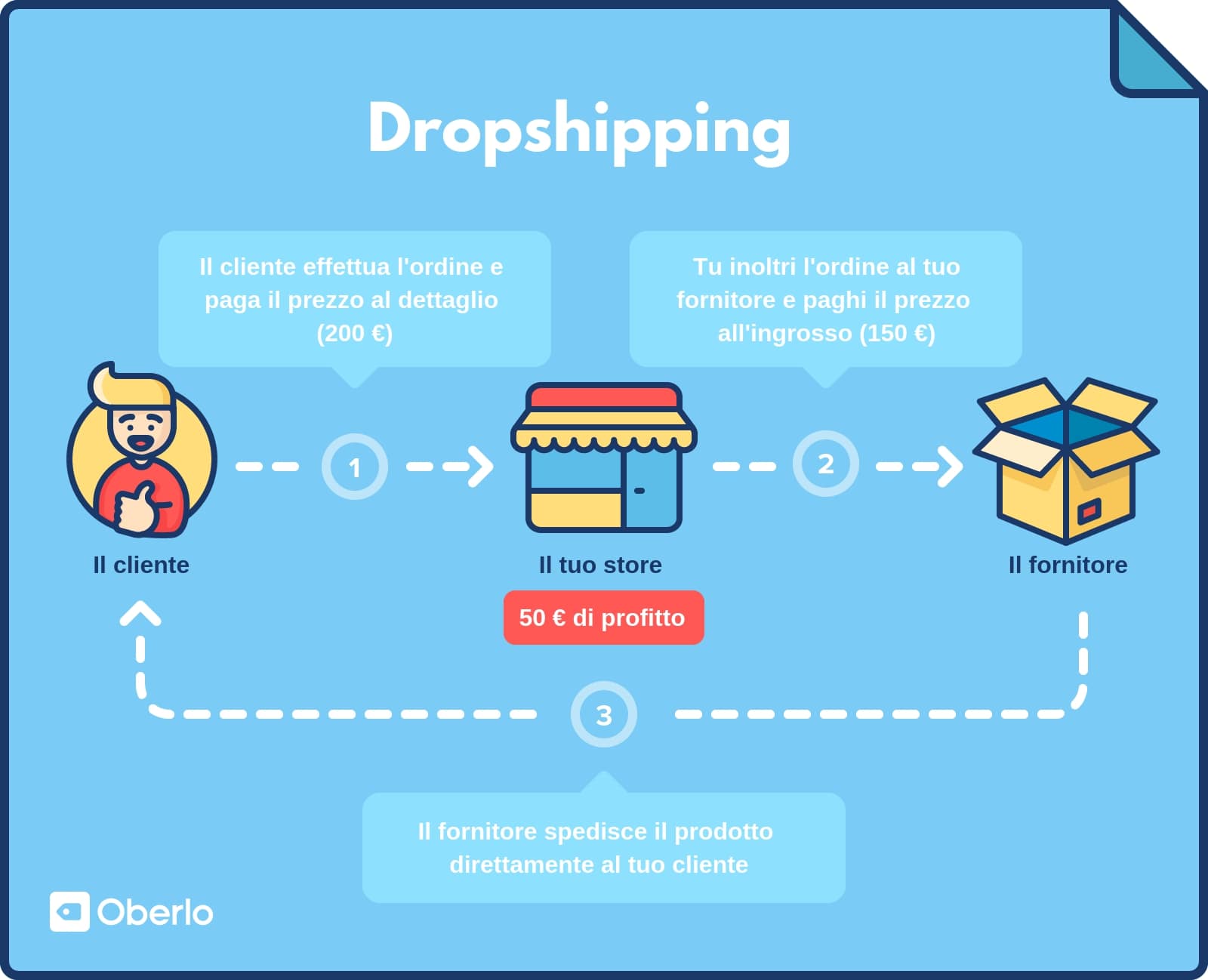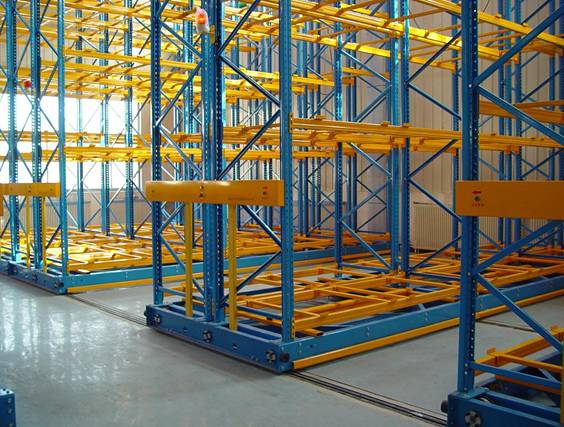The Technology That Helps Bitcoin – Blockchain


Blockchain technology is a decentralized, distributed ledger that tracks the provenance of digital assets. It is a particularly promising and revolutionary technology because it reduces risk, eliminates fraud, and provides scalable transparency for a wide range of applications. The data on a blockchain can’t be changed by design, making it a real disruptor in industries like payments, cybersecurity, bitcoin hosting and healthcare.
Some Of The Features Of Blockchain Technology Are:
- A blockchain is a database that holds encrypted data blocks and links them together to build a chronological single-source-of-truth for the information.
- Instead of being duplicated or moved, digital assets are distributed, producing an immutable record of the asset.
- The asset is decentralised, giving public access in real time and transparency.
- The integrity of the document is preserved via a transparent record of changes, which builds trust in the asset.
Elements of blockchain
Blocks, nodes, and miners are the three main elements in the technology blockchain.
· Blocks
The cryptographic hash is generated by a nonce when the first block of a chain is created. Unless the data in the block is mined, it is regarded signed and irrevocably linked to the nonce and hash. Every chain is made up of several blocks, each of which comprises three basic elements: The data, which contains the information contained in the block. A nonce, which is a 32-bit whole number.
· Miners
Miners use a method called mining to add new blocks to the chain. Every block in a blockchain has its own unique nonce and hash, but it also refers to the hash of the previous block in the chain, making mining a block difficult, particularly on big chains.
· Nodes
Any type of electronic equipment that saves copies of the blockchain and keeps the network running is referred to as a node. Every node has its own copy of the blockchain, and in order for the chain to be updated, trusted, and confirmed, the network must algorithmically approve any newly mined block. Every action in the ledger can be easily reviewed and examined since blockchains are transparent.





